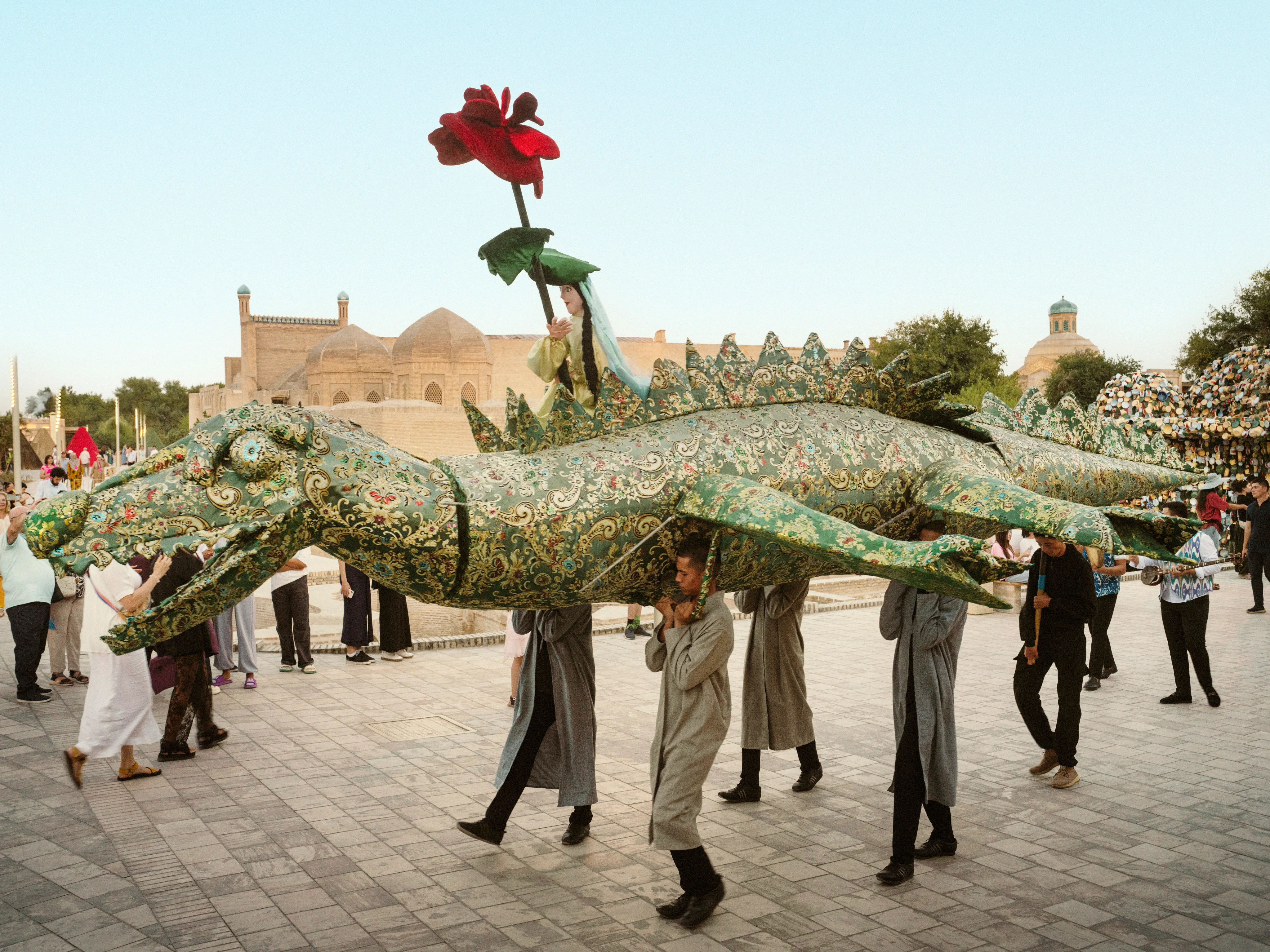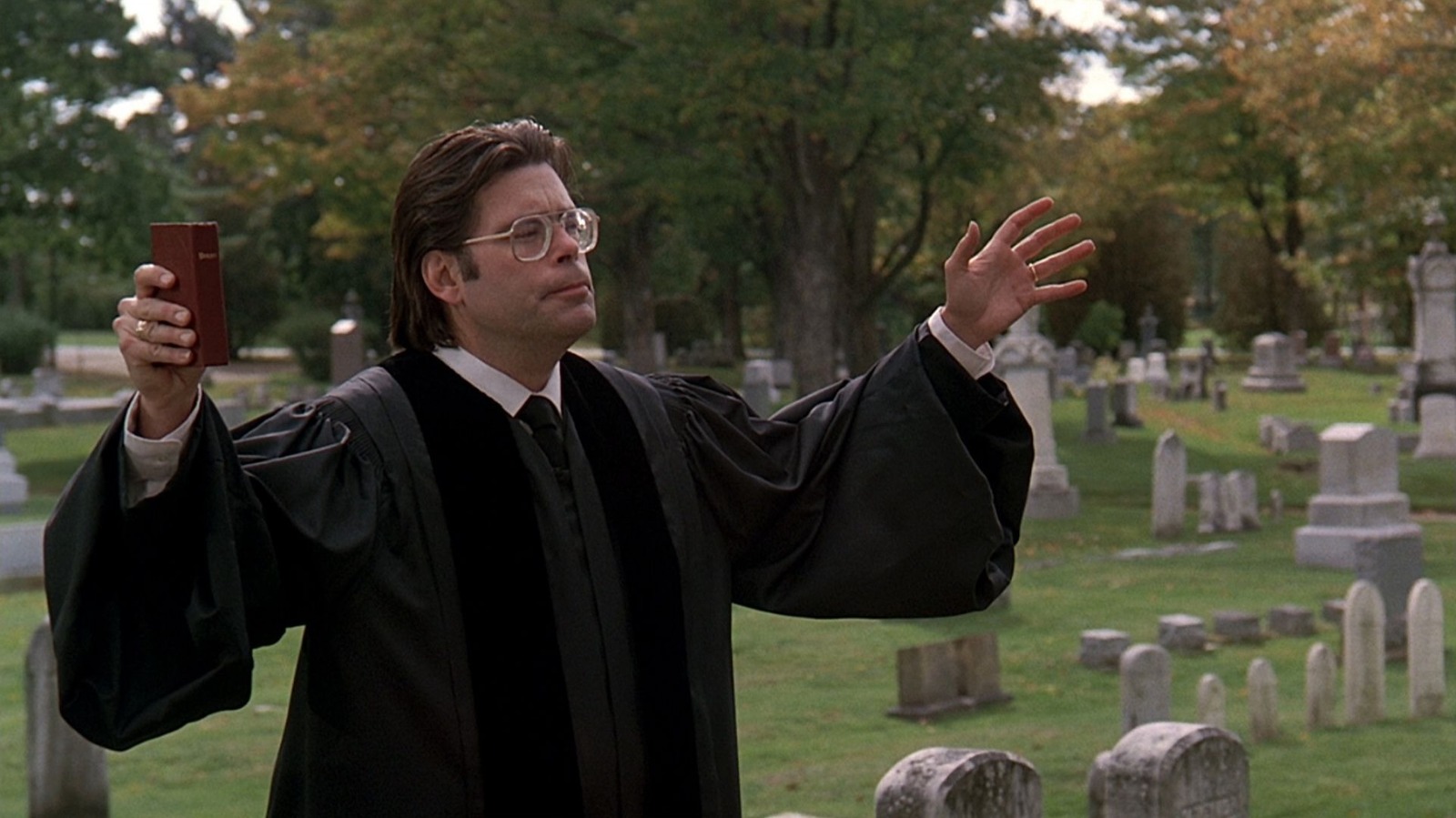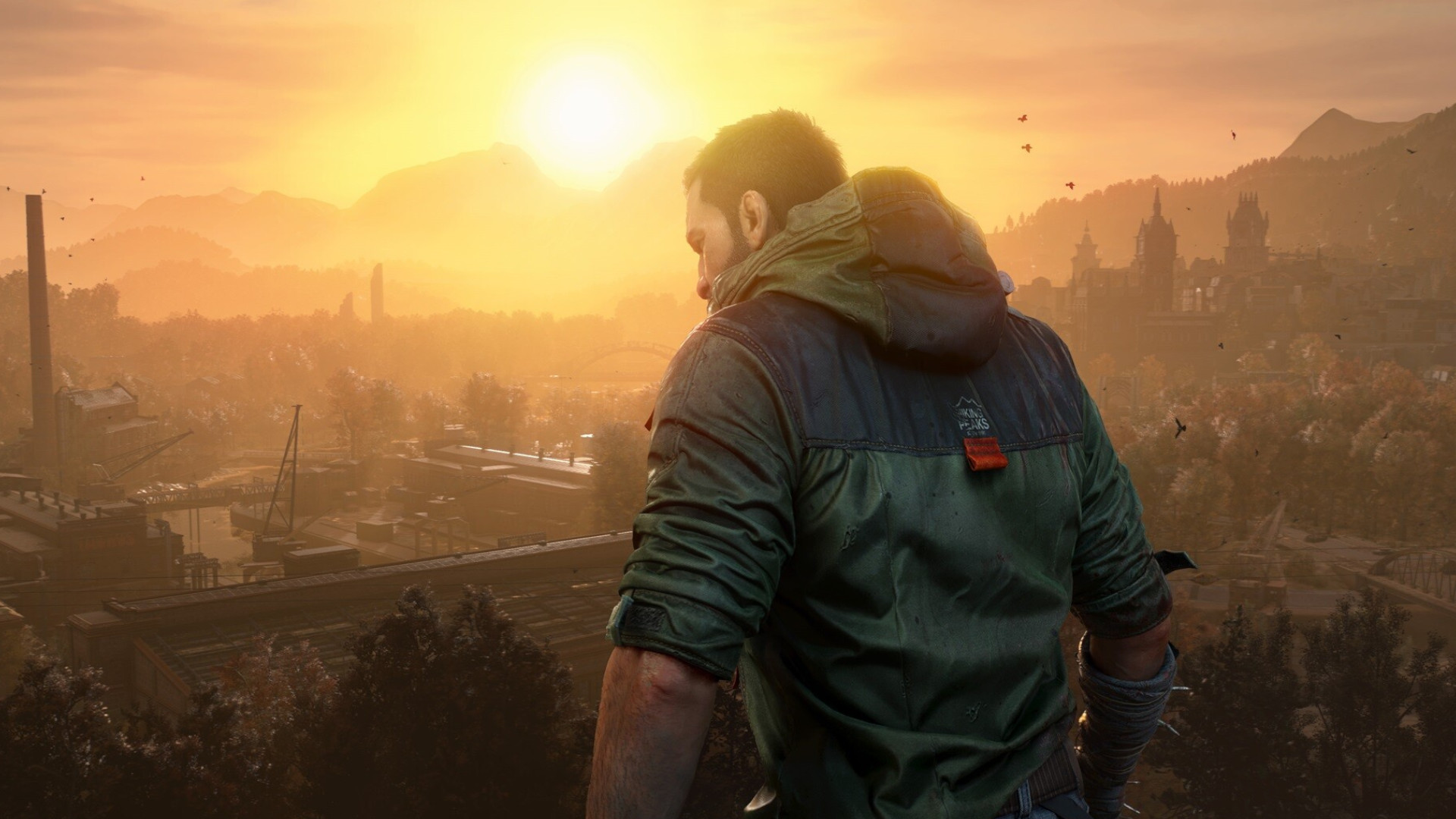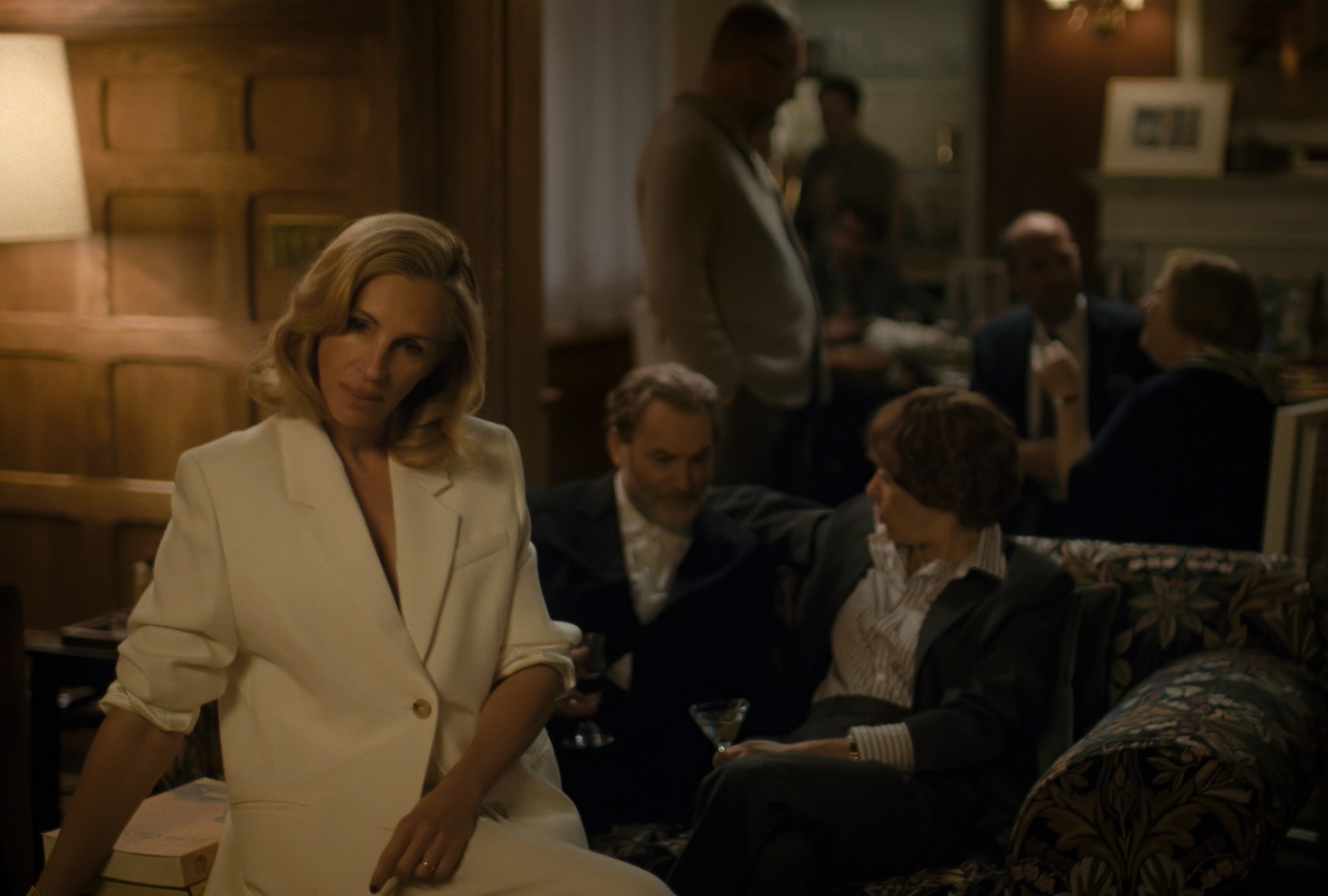By Payal Uttam
Copyright scmp

Bukhara once flourished as a Silk Road hub, where travelling poets, merchants and scholars converged. But under Soviet rule during the 20th century, the Uzbekistani city was for decades sealed off from the world, with few outsiders entering.
This autumn, the narrow streets of the medieval city are abuzz again, but with a very different crowd: international art collectors, curators and artists gathering for the inaugural Bukhara Biennial.
Taking place in recently restored caravanserais (historic inns), mosques and madrasas (Islamic schools), the event is injecting new energy into Bukhara.
Titled “Recipes for Broken Hearts” and running from September 2 to November 20, the biennial brings together more than 200 participants from 39 countries who have created new works centred on themes of food, healing, loss and rupture.
The largest event of its kind in Central Asia, the biennial signals a new chapter for the former Soviet republic, which is now opening up to the world.
“Five years ago, it was hard to imagine something like this happening,” says London-based Uzbek artist Aziza Kadyri, who represented Uzbekistan at the Venice Biennale 2024. “It’s like a dream to incorporate my work here.”
She stands beside a monumental yellow fabric installation, which she created with Uzbek embroiderer Yulduz Mukhiddinova, in Fathullajon Caravanserai, one of the buildings hosting the biennial. A fantastical cloth machine inspired by her grandfather’s research on Soviet-era cotton gins, the embroidered work encircles the building’s weathered walls.
Breaking the mould of typical biennials, which focus on art-world luminaries, all of the contemporary artists taking part in the show were asked to collaborate with craftspeople from Central Asia to create new work.
“We wanted to transform what international exchange could mean in a place [with a rich history] of global collaboration,” says the biennial’s artistic director, Diana Campbell, who stresses the importance of giving local artisans the same respect as prominent contemporary artists.
The result is more than 70 new site-specific commissions embedded in Bukhara’s historic centre – a Unesco World Heritage site.
Highlights include a richly scented pyramid structure made of spice-encrusted threads by Colombian artist Delcy Morelos and Uzbek artist Baxtiyor Akhmedov, and a performance of massive puppets of mystical Sufi creatures by Bangladeshi artist Kamruzzaman Shadhin and Uzbek theatre artist Zavkiddin Yodgorov.
There is also a lengthy fabric installation in the Shakhrud Canal lamenting the loss of the Aral Sea – once the world’s fourth largest saltwater lake, between Uzbekistan and Kazakhstan – by artist duo Hylozoic/Desires and Rasulon Mirzaahmedov.
Unlike rarefied art-world events, the exhibition is free and surprisingly accessible. During the opening days, local families meandered through the show equally at ease as seasoned collectors.
The event has a festival-like atmosphere, with dance and music performances, as well as culinary activations by local chefs such as Pavel Georganov and celebrities including Buddhist nun-chef Jeong Kwan, taking place throughout public spaces.
Video works fill low-ceilinged hujras (chambers) in caravanserais, multicoloured mosaics glisten on madrasa walls, and large-scale sculptures thread through sites including a toqi (trading dome), a prayer room and public squares.
“But the biennial is much more complicated than it looks,” Campbell says. “It involved restoring spaces that had no electricity and hadn’t been used for a long time.”
Ahead of the opening, the biennial’s creative director of architecture, Wael Al Awar, embarked on an extensive conservation project to design a new cultural district in the city’s historic core.
In addition to restoring buildings and monuments, new pavements were laid to pedestrianise certain areas. Plans are also under way for a permanent museum, a music school, artist studios and a digital archive.
These efforts reflect President Shavkat Mirziyoyev’s broader ambition to reposition Uzbekistan as a global cultural hub. Central to this mission is the Uzbekistan Art and Culture Development Foundation (ACDF), which he founded in 2017.
The country’s first government-backed arts body is the driving force behind the biennial and wider initiatives to revitalise historic architecture across the country.
“We realise that all of this heritage from the past that we inherited should progress,” says Gayane Umerova, chairperson of the ACDF and commissioner of the biennial. “There was a stagnation in our country for some years, and the spirit of education in the art field also became conservative, so there was a need for a new phase of cultural development.”
The government is investing in the creative economy not only to boost tourism, but to benefit the country’s youth – more than 60 per cent of Uzbekistan’s population is under 30.
“Creativity is a very active pathway to enable workforce development, influence curricula, and support this next generation in creative thinking, problem solving and self-expression,” says Sara Raza, artistic director and chief curator of the soon-to-open Centre for Contemporary Arts Tashkent (CCA) in the country’s capital.
The CCA, which is scheduled to open next March in a former tram depot and diesel station dating back to 1912, will be a new platform intended to foster research, dialogue and contemporary art production.
It will focus on art, design, crafts, architecture, moving pictures and sound art from around the globe. It has already launched a residency programme in two restored heritage sites in the Khast Imom and Namuna mahallas, historic neighbourhoods in Tashkent.
The government has helped to preserve these historic buildings, but this has not always been the case.
“There is a kind of pressure in Tashkent because, since 2016, there has been a lot of urban transformation,” says Ekaterina Golovatyuk, a Russian architect and researcher.
“The country is opening and there are international investments, and the city is changing. There have been some cases where a couple of beautiful, important modernist buildings have been demolished due to pressure for development.”
Golovatyuk is now working with the ACDF to document and preserve existing monuments.
Uzbekistan’s broader strategy – investing in domestic art infrastructure while promoting its culture on the international stage – mirrors efforts in the Middle East, where countries including Saudi Arabia and the United Arab Emirates are striving to become global art hubs.
In recent years, Uzbekistan has deepened its relations with Qatar and secured significant investment from Saudi Arabia.
“We are partnering with most of the Gulf countries. We have a very similar strategy, which comes from the top,” Umerova says. “They are also trying to empower the younger generation like us.”
But there are also some differences. While some Gulf states have imported blockbuster exhibitions and international institutions such as the Louvre Abu Dhabi, Uzbekistan is focusing on protecting its heritage and reframing its cultural identity through more local initiatives.
In August, for instance, the Tadao Ando-designed National Museum of Uzbekistan broke ground in Tashkent. Scheduled to open in 2028, the institution, which spans 40,000 square metres (430,000 sq ft), will hold more than 100,000 artefacts.
Umerova has also been showcasing Uzbek culture abroad through multiple exhibitions. Many have taken place in China as part of broader cultural collaborations under the Belt and Road Initiative. Next year, Uzbekistan will bring an archaeological exhibition to Beijing and Shanghai.
In many senses, initiatives like this are part of Uzbekistan’s DNA.
“Obviously, this is a very new trajectory, but it builds on a foundation. This is [actually] part of a several-hundred-year plan,” Raza says, referring to Turco-Mongol ruler Timur, who embraced cross-cultural artistic exchange in the 14th century.
“There’s always been a revered position for artists and craftspeople here. Even during the 20th century, artists were the voice of the nation.”



